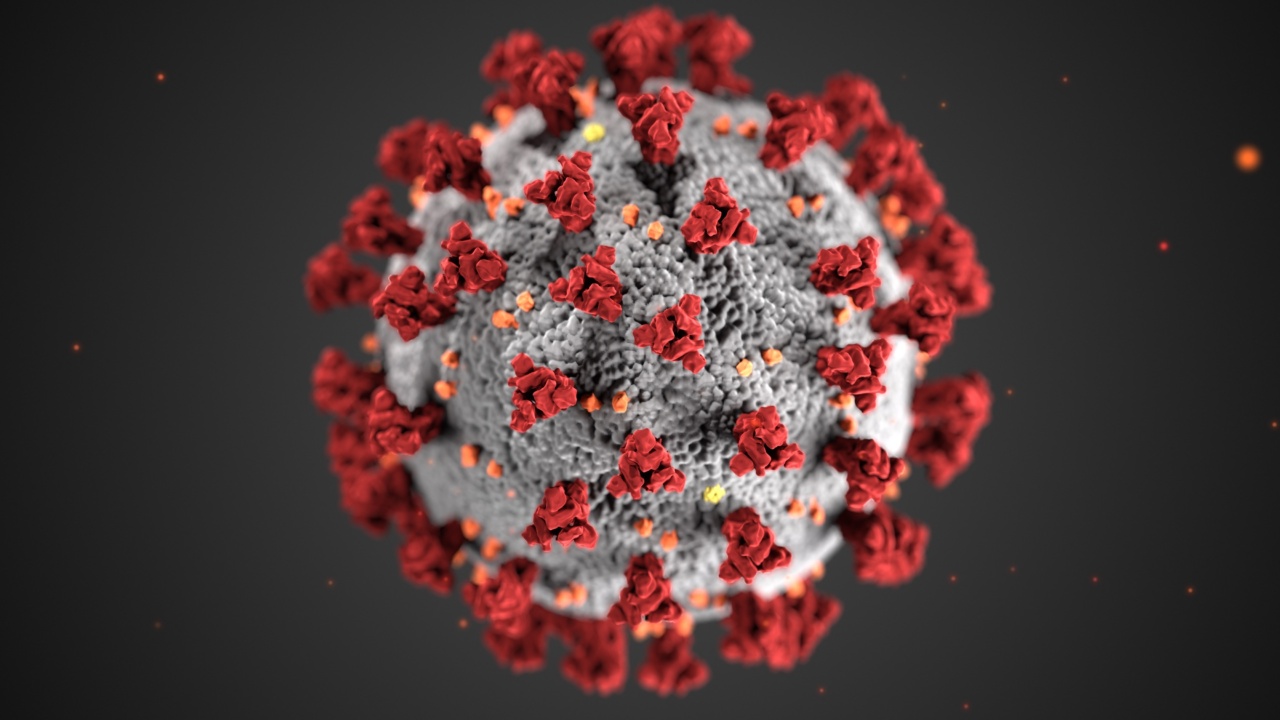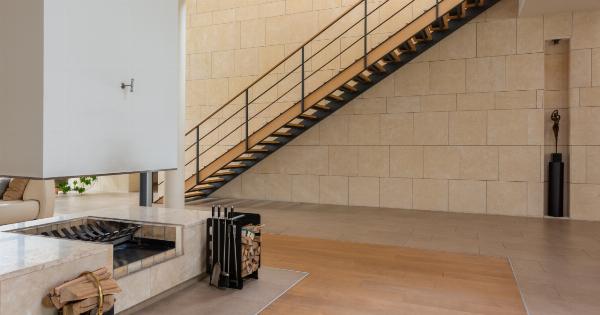Rhinoplasty, also known as a nose job, is a surgical procedure that aims to enhance the appearance of the nose or improve its functionality.
While rhinoplasty is often sought after for cosmetic reasons, there have been significant advancements in this field that also focus on improving respiratory function. In this article, we will explore the recent advancements in rhinoplasty that are specifically designed to enhance the ability to breathe properly.
1. Functional Rhinoplasty
Functional rhinoplasty is a specialized approach that addresses the structural abnormalities of the nose that may be causing breathing difficulties. These abnormalities can include a deviated septum, nasal valve collapse, or enlarged turbinates.
By correcting these issues, functional rhinoplasty not only improves respiratory function but also enhances the overall aesthetic appearance of the nose. This advancement in rhinoplasty techniques has revolutionized the field by providing patients with both functional and cosmetic benefits.
2. Computer-Assisted Rhinoplasty
Computer-assisted rhinoplasty, also known as virtual rhinoplasty, involves the use of advanced imaging technology to create a digital model of the patient’s nose.
Surgeons can then manipulate this virtual model to simulate the expected results of the surgery. This technology allows for precise planning and execution of the procedure, resulting in improved outcomes and reduced risks.
Computer-assisted rhinoplasty is particularly useful in cases where respiratory function needs to be addressed alongside cosmetic concerns.
3. Piezoelectric Rhinoplasty
Piezoelectric rhinoplasty is a groundbreaking technique that uses ultrasonic vibrations to perform the necessary bone reshaping during the procedure.
Traditional methods of bone reshaping often result in collateral damage to the surrounding tissues, leading to prolonged healing times and increased risk of complications. Piezoelectric rhinoplasty, on the other hand, allows for precise bone sculpting with minimal trauma to the tissues.
This advancement has greatly improved the recovery process for patients undergoing rhinoplasty and has shown promising results in enhancing respiratory function.
4. Alar Batten Grafts
Alar batten grafts are a technique used to address nasal valve collapse, a common cause of breathing difficulties. In this procedure, a small graft is placed on the outer wall of the nose to provide support and prevent collapse during inhalation.
Alar batten grafts have become increasingly popular in recent years due to their effectiveness in improving respiratory function. This technique has revolutionized the treatment of nasal valve collapse and has allowed patients to experience significant improvements in their ability to breathe.
5. Turbinate Reduction
Enlarged turbinates, structures inside the nose that help filter and humidify air, can contribute to nasal congestion and impaired respiratory function.
Turbinate reduction is a procedure that involves reducing the size of these turbinates to improve airflow. Recent advancements in turbinate reduction techniques have led to more precise and targeted interventions, resulting in improved respiratory function without compromising the necessary function of the turbinates.
6. Spreader Grafts
Spreader grafts are commonly used in rhinoplasty procedures to correct a deviated septum and nasal valve collapse. These grafts are placed between the septum and the upper lateral cartilages to widen the internal nasal valve and improve airflow.
In addition to addressing functional concerns, spreader grafts also provide structural support to prevent collapse and help maintain the aesthetic shape of the nose. This advancement in rhinoplasty techniques has greatly improved the outcomes of septorhinoplasty procedures while enhancing respiratory function.
7. Improved Imaging Techniques
Advancements in imaging techniques, such as computed tomography (CT) scans and three-dimensional (3D) imaging, have greatly enhanced the planning and execution of rhinoplasty procedures.
These imaging technologies provide detailed anatomical information, allowing surgeons to accurately assess the underlying structures of the nose and plan the surgery accordingly. With this improved understanding, surgeons can focus on addressing functional concerns and optimizing respiratory function while achieving the desired cosmetic outcomes.
8. Non-Surgical Rhinoplasty Options
While surgical rhinoplasty remains the gold standard for permanent reshaping and functional improvements, non-surgical options have emerged for patients seeking temporary solutions or minor adjustments.
Injectable fillers can be used to correct minor irregularities and improve the overall appearance of the nose. These procedures, known as liquid rhinoplasty, do not require surgery and have minimal downtime.
While they do not directly address respiratory function, non-surgical options can be a viable alternative for certain patients seeking aesthetic enhancements without extensive surgical interventions.
9. Tissue Engineering and Regenerative Techniques
Advancements in tissue engineering and regenerative medicine offer promising possibilities for the future of rhinoplasty.
Researchers are exploring innovative techniques, such as 3D-printed cartilage scaffolds and stem cell therapies, to enhance the functional and aesthetic outcomes of nasal reconstruction. These advancements may revolutionize the field of rhinoplasty by providing more natural and long-lasting results while improving respiratory function.
10. Customized Approach to Rhinoplasty
With the advancements mentioned above, the field of rhinoplasty has become more focused on customization. Surgeons now tailor each procedure to the specific needs and goals of the patient, addressing both cosmetic concerns and functional improvements.
By adopting a personalized approach, surgeons can achieve superior outcomes that not only enhance the aesthetics but also optimize respiratory function and overall patient satisfaction.






























